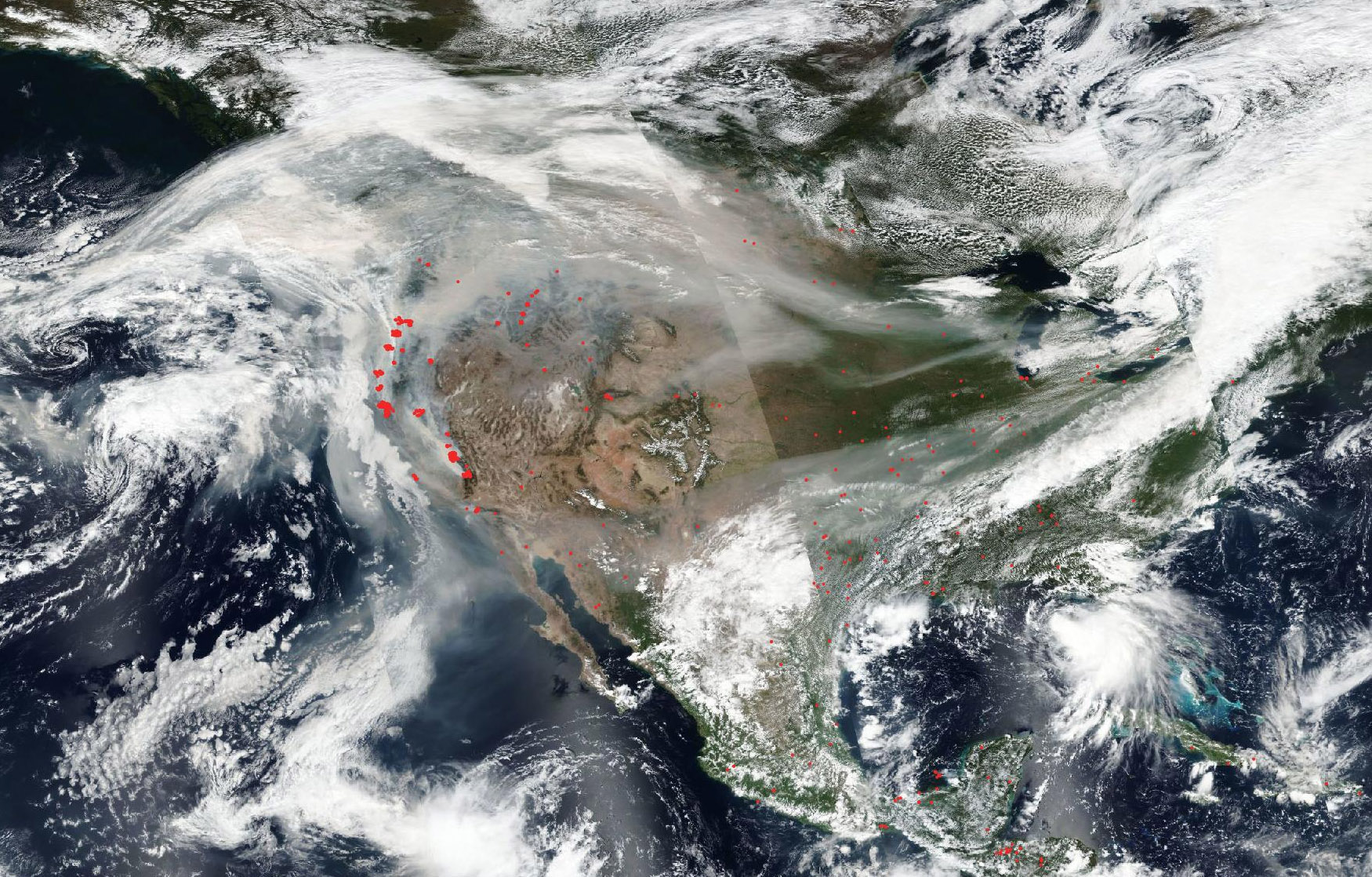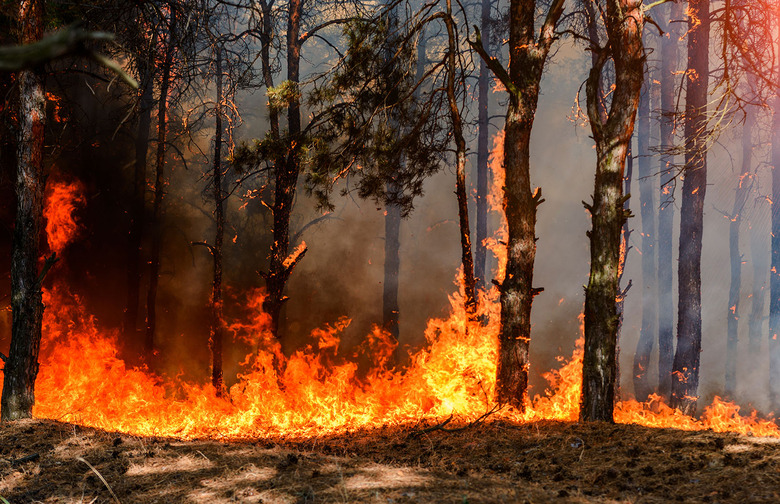New Study Sounds Alarm Over Toxic Metal Created In The Air By Wildfires
A new study has found even more reason to be alarmed by exposure to wildfire smoke, as well as the ash and dust left it leaves behind. According to the new findings, intense wildfires appear to be raising the levels of a toxic metal known as chromium 6 in the air.
Chromium 6, or hexavalent chromium, was first brought to the fore by environmental activist Erin Brockovich, who helped discover and spread awareness about the contamination of the drinking water in Hinkley, California. Now, researchers from Stanford University have discovered that the intense heat from wildfires like the November 2019 Kincaid Fire is hot enough to produce chromium 6, leaving the air poisoned in their wake.
Using information gathered in the footprints of the Kincaid Fire and the Hennessy Fire, researchers found that high heat drastically accelerates the conversion of the naturally occurring heavy metal chromium 3 into its more toxic state of chromium 6, especially in areas that are rich in metals.

The researchers say that the production of the toxic metal is even more amplified when you factor in abundant fuels, as well as certain types of plants, as they help raise the temperature of the fire and provide higher volumes of chromium 3 to convert.
After chromium 3 is converted to chromium 6, the researchers say that the toxic metal element is able to then be transported in the wildlife smoke, as well as through the surface soil on the ground of affected areas. It can then remain in the surface soil for nearly a year or until enough rain falls to dilute it back into the soil.
This discovery is obviously very troublesome, especially with the continued rate at which we are seeing massive wildfires around the world. The paper says that wildland fire crews, as well as first responders, are especially at risk from being poisoned by the toxic metal, but that other communities within the area of wildfire smoke may also be exposed to the transport of chromium 6.
High exposure to chromium 6 could cause cancer in affected individuals, the paper warns, and proper mitigations should be taken by anyone who may be exposed to air that is heavily laden with the toxic metal.
